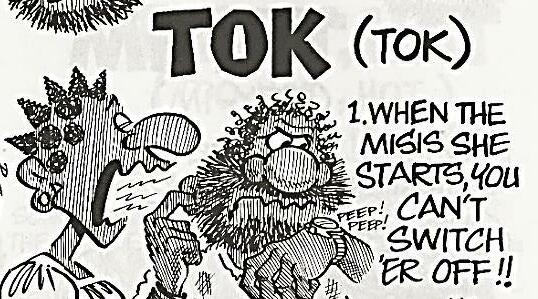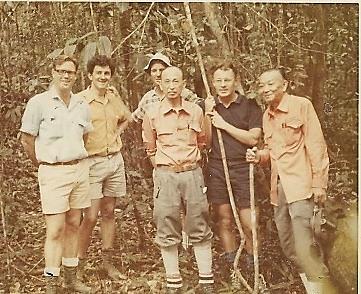
1 minute read
Domestication
from PNGAF MAG ISSUE # 9D-5B4T2 of 21st Aug 2022 Eminent TPNG Forester Dr Bob Thistlethwaite 1971-1975
by rbmccarthy
3DOMESTICATION is the process of taking a wild species, bringing it into cultivation and then improving its desired characteristics. The domestication of plants and animals was a major cultural innovation ranked in importance with the conquest of fire, the manufacturing of tools, and the development of verbal language.
The dog was the first domesticated species and was established across Eurasia before the end of the late Pleistocene era, well before cultivation and before the domestication of other animals. Among birds, the major domestic species today is the chicken, important for meat and eggs. The longest established invertebrate domesticates are the honeybee and the silkworm. Land snails are raised for food.
Advertisement

The domestication of plants began at least 12,000 years ago with cereals as the domestication of wheat in the Middle East 4 . Wild wheat shatters and falls to the ground to reseed itself when ripe, but domesticated wheat stays on the stem for easier harvesting. This change was possible because of a random mutation in the wild populations at the beginning of wheat's cultivation. Wheat with this mutation was harvested more frequently and became the seed for the next crop.
The bottle gourd (Lagenaria siceraria) plant, used as a container before the advent of ceramic technology, appears to have been domesticated 10,000 years ago. The domesticated bottle gourd reached the Americas from Asia by 8,000 years ago, most likely due to the migration of peoples from Asia to America. As domestication took place humans began to move from a hunter gatherer society to a settled agricultural society. Over time perennials and small trees including the apple and the olive were domesticated. In other parts of the world very different species were domesticated. In the Americas pumpkin, maize, beans, formed the core of the diet. In East Asia millet, rice and soy were the most important crops. Today traits being genetically improved include drought resistance and the plant’s ability to take up potassium.

3 Cartoon from Bob Brown’s Grass Roots Guide to PNG Pidgin South Pacific Post. 4 Farmers with wheat and cattle – Ancient Egyptian art 3,400 years ago.








